3 Ways the Lexus TX Isn’t Just a Bigger RX

We’ve driven the 2024 Lexus TX and determined it hits the mark. The big luxury SUV does exactly what Lexus set out to do: make a dedicated three-row that offers buyers more space than the cramped, outgoing RX-L.
Lexus might have changed the name, but is this new model simply a stretched RX with a new look? The question is hard to ignore: Toyota didn’t even hide behind a new name when it debuted the related Grand Highlander earlier this year.
We were fortunate enough to get behind the wheel of an RX 500h F Sport Performance immediately after driving the TX range last week. Here’s what stood out the most (besides the looks):
It drives differently
It should be obvious: at 10 inches longer and a couple hundred extra pounds, the TX won’t drive like the RX. Even if both do share the same TNGA-K platform, there is a noticeable difference from behind the wheel. That’s when comparing the same powertrain, too: the 500h setup is available on both RX and TX, sharing the same 366-horsepower hybrid powertrain.
Unsurprisingly, this electrically-assisted 2.4-liter behaves similarly in both: lots of torque down low makes short work of daily needs, and the six-speed automatic never sets a foot wrong. The larger TX is fractionally slower to 62 mph (100 km/h), but otherwise it’s the same. These two even post up the same 27 mpg (8.6 L/100 km) average fuel economy.
Where the TX and RX differ is the ride. Both have adaptive dampers and rear-wheel steering, but we found the TX 500h struggled to find a good balance. Its Normal drive mode felt wallowy and unsettled; Sport mode tied it down quite nicely on the highway, but added in unnecessary levels of low-speed fidget. By comparison, the RX has better body control in Normal but maintains a level of calm and isolation we expect from a Lexus. Switching to Sport mode adds an extra edge without becoming too tough on rougher roads.
Some of this can also be chalked up to the different wheel and tire packages: the RX rides on 235/50R 21-inch Bridgestones, while the TX goes for larger 255/45 22s from Continental.
Both models share the same base engine as well: the regular 2.4-liter turbo-four. Buyers wanting a plug-in hybrid will find two different layouts, with the larger TX bringing back the 3.5-liter V6, while the RX sticks with the familiar 2.5-liter four-cylinder.
Interior tweaks
Hopping from one Lexus cabin to the other is a bit like playing a game of spot-the-difference. Hey, don’t look in the rearview mirror; that’s cheating!
The general architecture is the same in both the TX and the RX, that’s true. The big 14.0-inch touchscreen with its neat rotary climate controls? Check. A three-spoke steering wheel with contextual controls tied to the head-up display? Check. Lexus’ patented Honey-We-Shrunk-the-Shifter? Checkity check.
It’s the details where these two differ. Take the TX center console, which cleverly places its wireless charge pad on a slide-away storage lid. The cupholders are also removable, so you can configure that space as you see fit. The dashboard design is a similar wraparound layout—with ambient lighting too—but the RX continues the concave curve well into the door panels. By comparison, the TX’s door design is more vertical, reinforcing the feeling of space in the three-row. The added couple inches of head room doesn’t hurt, either. The TX’s passenger can enjoy a little strip of Alcantara on the dashboard too, if they’re the tactile sort.
One advantage in the TX: Lexus has improved the HUD controls, allowing drivers to adjust the display from, well, the display. It’s also easier to switch between drive modes.
Different buyers, different needs
The cupholders are emblematic of the TX’s different role in the Lexus lineup. They’re removable, and can be placed in the second and third rows. There are little grab handles just inside the rear doors to make it easier to access the way-back, and even clips to keep the seatbelts out of the way. The third row is a power-folding setup—like the second row in the RX—on all but the base trims.
It’s clear Lexus aimed for a seamless, friction-free family vehicle with the TX. By comparison, the RX is now clear to function as this decade’s version of a personal luxury coupe: more focused on the driver, but still capable of shuttling friends and family when needed. That the smaller choice is also sportier and more fun to drive isn’t a shock. But neither is it that Lexus expects the TX to instantly become its third-best-selling model, eclipsing all of the sedans and the little UX.
With that in mind, the last difference shouldn’t come as a surprise either. We prefer the RX 500h over all other RX models, but for the TX, we’d be inclined to stick with the gas-only TX 350 Premium. Sporty doesn’t suit the TX—and that’s okay.
Become an AutoGuide insider. Get the latest from the automotive world first by subscribing to our newsletter here.

Kyle began his automotive obsession before he even started school, courtesy of a remote control Porsche and various LEGO sets. He later studied advertising and graphic design at Humber College, which led him to writing about cars (both real and digital). He is now a proud member of the Automobile Journalists Association of Canada (AJAC), where he was the Journalist of the Year runner-up for 2021.
More by Kyle Patrick



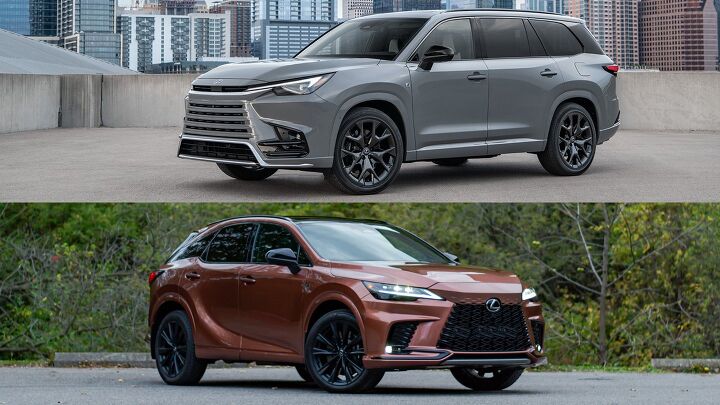
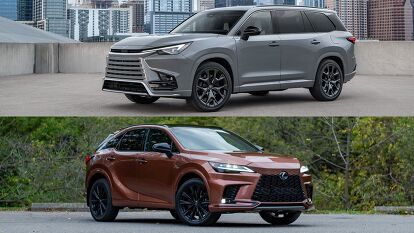




































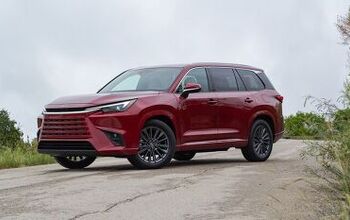
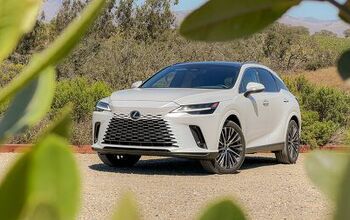

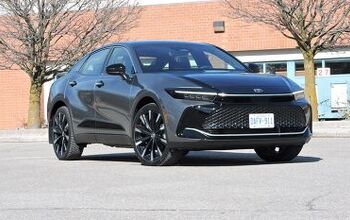

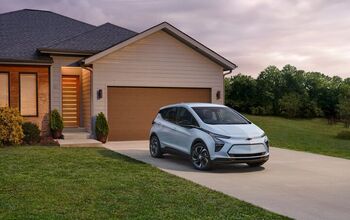


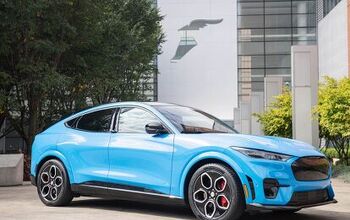



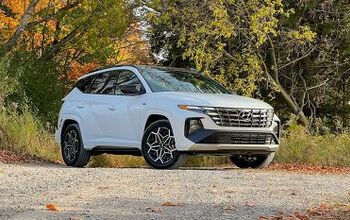

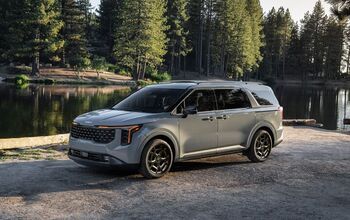
Comments
Join the conversation